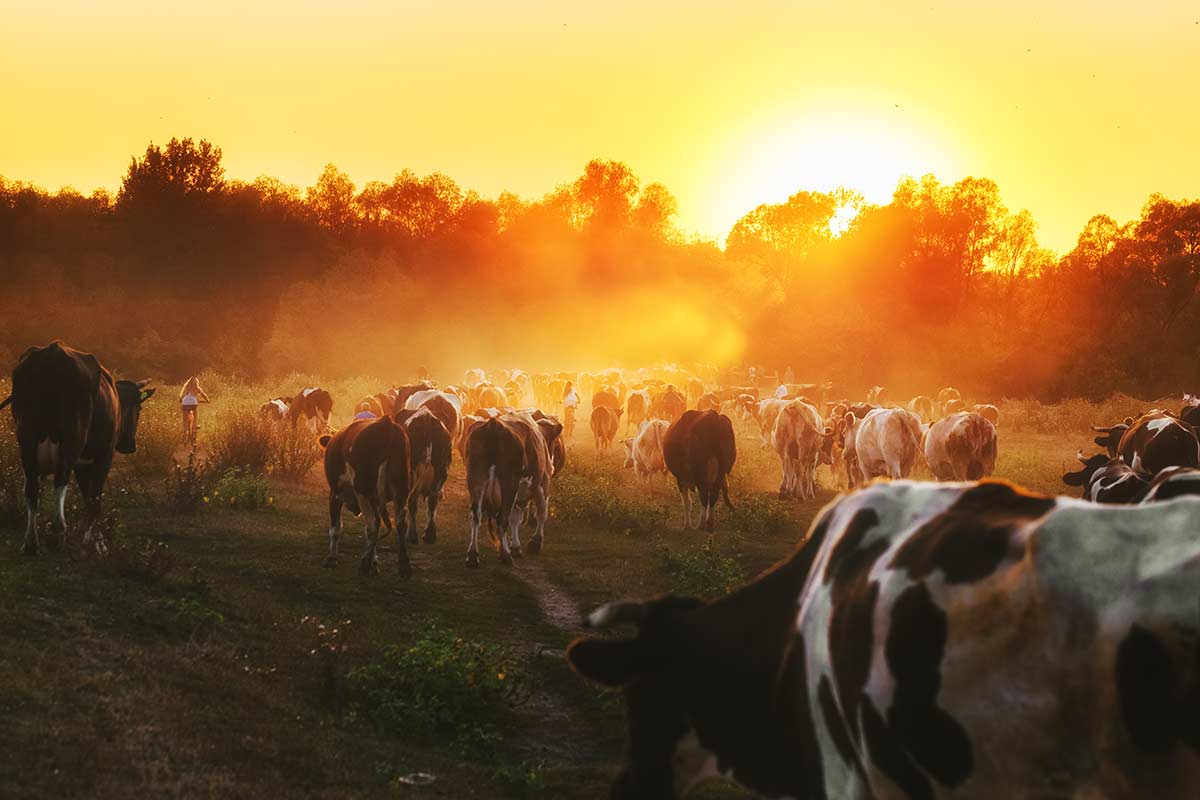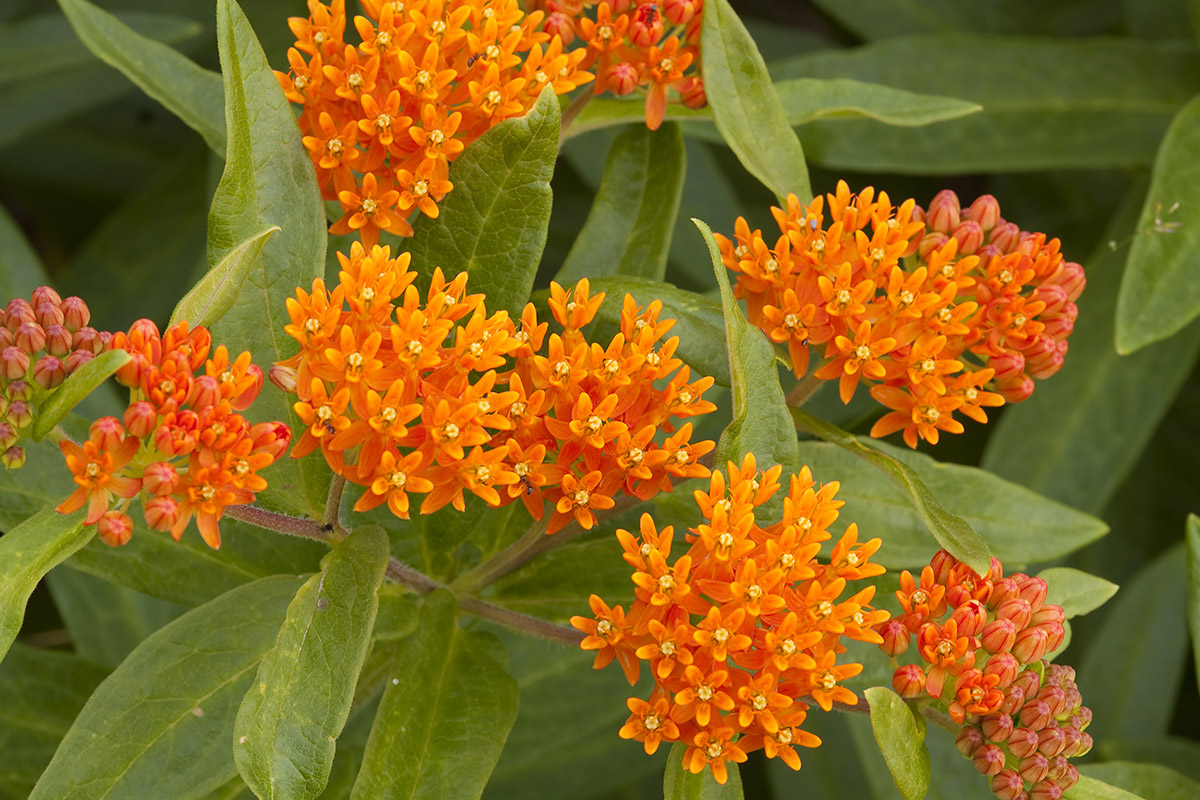BLOG

Rules for Haying and Grazing CRP Land
Specific rules apply regarding harvesting the hay from, or allowing grazing on, land enrolled in the Conservation Reserve Program (CRP). The clearest way to assess the rules is to first identify whether conditions are considered ordinary or drought. Both haying and grazing may be permitted for one of two reasons: To improve the quality or

CRP and the Honey Bee
The Conservation Reserve Program (CRP) is well known for its wildlife habitat preservation, but one of the most vital species the program protects is the honey bee. For decades, the honey bee population has been in decline due to disease, pesticides, lack of sufficient nutrients, and reduced natural habitat. Through essential projects such as the
Row Crop Chemical Carryover – what you need to know when planting CRP
Chemical carryover caused by some new herbicides has become an increasingly frequent and potentially expensive problem for new CRP participants. If you used herbicide on the previous years’ crops, it may affect when you can plant your new CRP project. Some crop herbicides available on the market today have longer and longer carryover rates—sometimes 18
How does the Conservation Reserve Program (CRP) Work?
The United States Department of Agriculture Farm Service Agency oversees several voluntary conservation-related programs, including the Conservation Reserve Program. In the past, farmers have joked the CRP, “pays farmers not to farm”. But the truth is the work the farmers do with CRP has far reaching benefits. Programs like CRP work to address a large
5 Conservation Benefits of the Conservation Reserve Program (CRP)
Congress created CRP in 1985 following increased concern over unacceptably high levels of soil erosion as well as other environmental concerns. The 1985 Farm Bill authorized USDA to enroll up to 45 million acres in CRP. By idling environmentally sensitive lands, the Conservation Reserve Program provides substantial conservation benefits by improving water quality, protecting soil,
The Importance of Weed Control in CRP
Weed control is critical to successful CRP establishment. Left unchecked, weeds can quickly overtake your CRP planting and cause the establishment to fail altogether. Since CRP land is typically established using no-till planting, it can be especially vulnerable to weeds. Creating an herbicide plan is one of the first actions you will need to take
